If you ever thought that macro photography is easy, you’re wrong. If you ever thought that focus stacking is easy (especially with a cheap & low quality sliding rail), you’re wrong. If you know me, you know I like challenges. These 3 sentences pretty much summarize how I spent my long 4th of July weekend this year. Instead of another boring blog post where I would tell you how I shot this beer bottle logo from Anheuser-Busch, I decided to share with you what I’ve learned during the shoot. But first, a bit of technical/hardware info:
Gear Used:
- Nikon D610
- Venus Laowa 60mm f/2.8 Ultra-Macro Lens (rented from Lensrentals.com)
- Neewer Two-way focus sliding rail (I don't recommend buying) -
- A DIY continous light source in 43" Apollo Orb octabox
- Nikon SB-900 Speed Light
- Phottix Odin TTL system
- Phottix Strato Multi 5-1 (used as a remote shutter trigger)
- White & Black Foam Boards -
- MagnetMod Speedlight Modifiers (1x honeycomb grid)
Here are some of the lessons learned from the shoot you might find helpful:
I. A really good focus sliding rail is essential
I bought a Neewer Two-way focus sliding rail few months ago for about $12 for a completely different project which was unrelated to focusing or macro photography. It was cheap so I knew its quality and durability was very low and I kept my expectations on the same level. Since I already had it, I decided to use it for this macro & focus stacking project. The two main problems I encountered with this particular rail were: it's not stable enough for focus stacking and adjustments are not fine enough for macro photography. Therefore, if you're serious about shooting macro/focus stacking, consider buying something better, which unfortunately means it will also be more expensive. I can't recommend you anything at the moment because I've used only one slider so far.
II. Spend time learning your focus stacking software
As far as I know, you have two options for processing focus stacking: stack images manually using Photoshop or use a focus stacking software. I can’t imagine myself spending hours in Photoshop to stack 20+ images and therefore a focus stacking software is the only option for me. I’ve been using Helicon Focus to automate the focus stacking process. The software has 3 different methods (they are literally called Method A, Method B, Method C) for analyzing and processing images and these methods can be further manually customized. Because of my focus sliding rail’s low quality, I knew that my focus stack was far from perfect. I started losing hope after trying out all 3 methods and none of them returned good image results. My last option was to investigate a way to manually customize the software’s methods in the manual. Success! I chose Method A, which at the time gave me the best (but still far from perfect) result out of all three methods and I customized it. The software was able to focus stack the images.
III. Glicerine & Water droplets change when they dry out
The main purpose for using a glycerin and water mix is to avoid water drops from running down an object you spray it on and also that the water drops don’t change/reposition from picture to picture. However, their shape will slightly change overtime because after all, water that is in the mixture will evaporate. Therefore, not finishing to shoot a focus stack and leaving to finish it next morning is not a good idea because the water drops’ shape will change overnight.

